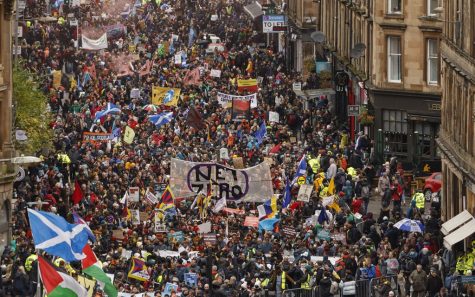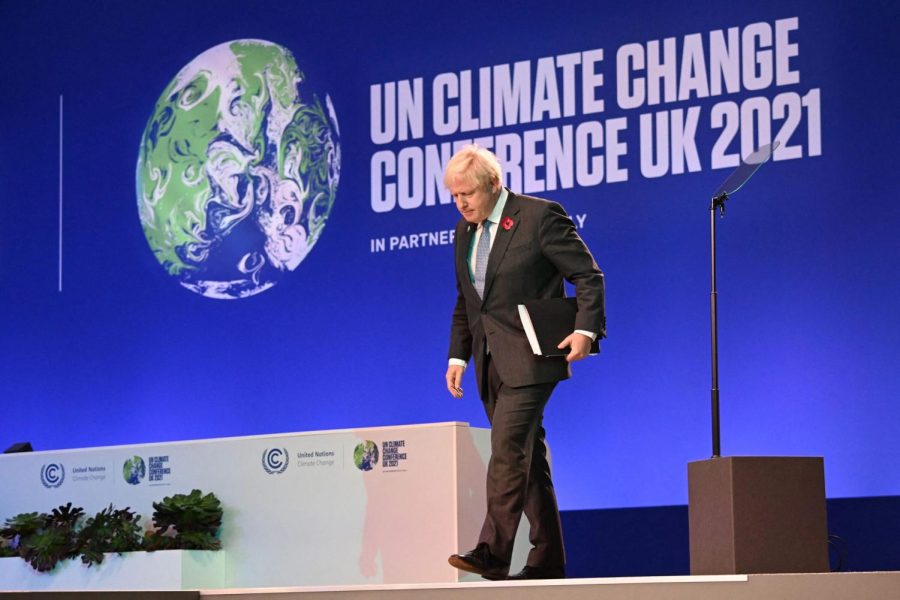A Quick Snapshot into the 2021 Climate Summit
UN Climate Summit in 2021 took place this past week. © Courtesy of the United Nations, UK Government.
November 8, 2021
Every year since 1995, world leaders and delegates from over 200 nations meet together to discuss climate change, known as the United Nations Climate Change Conference (or Conference of Parties, COP for short). It was delayed last year due to the pandemic, meaning this year’s conference would be COP26.
COP26 has set goals on ending deforestation by 2030, international cooperation in terms of a globalized carbon market (a trading system of greenhouse gas emission units between countries to stay below the emission limits) and climate finance (wealthier countries helping poorer countries financially in terms of renewable resources and environmental issues), ending reliance on coal (though this agreement did not include the USA, China, or India, the world’s top coal users), limiting methane emissions, and committing to net-zero carbon emissions (more than 80 countries pledged, including China, USA, India, and Japan). However, the main goal and focus of COP26 is to devise a plan to prevent the global temperature from rising above 1.5°C.
COP26 marks 5 years since the conference for the Paris Agreement (COP21), a milestone at its time, but a rapidly warming planet is worrying the next generation. Criticism has arisen from a largely younger population, and with the attendance of Swedish environmental activist Greta Thunberg, large-scale climate activism protests broke out, citing the conferences as “all-talk, no work”.

Politics also became involved: US President Biden criticized Chinese President Xi Jinping for his inattendance (of which he cited pandemic-related reasons), while Biden and other world leaders were criticized for their usage of private jets and heavy entourage.
The conference ends November 12, 2021. It has been successful in some ways, and in others inadequate.









